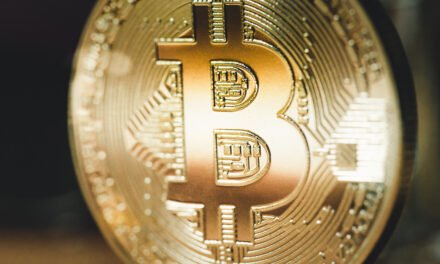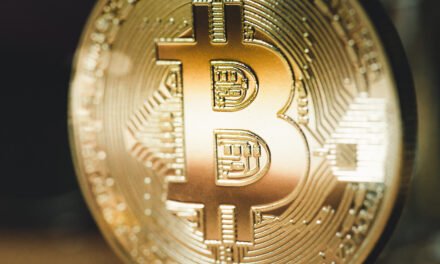If you’re familiar with cryptocurrency markets then chances are good that stable coins have crossed your radar. These new asset classes have gained popularity in recent years due to their stability and reliability. In this guide we aim to provide a comprehensive overview of everything there is know about stable coins – from what they are how they work different types available where one can purchase them use cases for these assets risks associated with investing in them and ultimately whether or not they may be suitable options for individual investors like yourself.
What Are Stable Coins?
Digital currencies like Bitcoin have revolutionized the way we think about money – but they come with a catch: wild price fluctuations that can make transactions tricky. Enter stable coins, which aim to provide stability by maintaining consistent values over time compared against other major currencies such as USD or EUR. This makes them ideal for use in remittances and trading without worrying about volatility getting in your way! With their reliability and predictable nature these new types of digital currency are changing how we approach finance once again.
Stable Coins – The Advantages
Stable coins offer several advantages over traditional cryptocurrencies. Firstly they provide merchants with greater stability by reducing the risk of price fluctuations which can be detrimental to their businesses. Secondly stablecoin users have access to instantaneous transactions from anywhere in the world while also being able to securely store wealth for future use. Thirdly these tokens act as a hedge against inflation due to having fixed supplies available at all times. Fourthly and finally – privacy is ensured through decentralized ledgers that record every transaction made on them. With so many benefits it’s no wonder why more people are turning towards stablecoins when looking for financial solutions!
Stable Coins – What You Need To Know
Stable coins are backed by collateralization, which involves holding assets such as fiat currency or government bonds. The issuers of these digital currencies use this method to ensure that their value remains pegged with its corresponding fiat money. When someone wants redemption for their stable coin into cash form the issuer sells off underlying securities in order to generate necessary funds. This process ensures stability and reliability within the cryptocurrency marketplace.
What Are Stable Coins?
Stable coins come in three main types: fiat collateralized, crypto collateralized and non collateralized. Fiat collateralized stablecoins are backed by real world assets such as gold or silver while crypto collateralized ones rely on other cryptocurrencies like Bitcoin or Ethereum for support. Non collateralized tokens use algorithms to regulate supply and demand ensuring that their value remains constant at all times. These different approaches offer unique benefits depending on the needs of investors looking for stability within volatile markets.

Stable Coins – Where to Buy and Store
Stable coins are available for purchase on various exchanges such as Binance, Kraken and Poloniex. Some stable coin providers also offer direct purchases through their websites. Once you have acquired your desired amount of stablecoin it is essential to store them securely in a wallet like Trezor or Ledger Nano S which provide additional layers of security protection against potential breaches of privacy. . These advanced wallets ensure that no unauthorized access can occur while keeping all private keys safe from harm’s way.
Stable Coins – Real World Applications
Stable coins have become increasingly popular due to their versatility across various industries. They can be utilized for international payments, remittances, e commerce transactions and peer to peer lending among others. Moreover they serve as a reliable means of storing value while also hedging against inflationary risks. Furthermore stablecoin technology enables interoperability between different blockchain networks by acting as bridges between them. With such extensive capabilities it is no surprise that these digital assets are gaining widespread acceptance in the marketplace today!
Stable Coins – The Risks
Stable coins offer numerous benefits but they also come with certain risks. One significant risk is counterparty risk – if the issuer of a stable coin goes bankrupt or fails to honor redemption requests investors may lose their money. Another challenge lies in regulatory uncertainty as some countries might classify these digital assets either as securities or commodities leading to legal issues. Finally, there’s always an inherent danger associated with storing large amounts of stable coins within one wallet that could make it vulnerable to hacking and cyber attacks.
Stable Coins – Are They Right For You?
Investing in stable coins requires careful consideration of your individual circumstances and objectives. If you seek a reliable means for storing value without significant fluctuations then these types of cryptocurrencies may be ideal for you. However if seeking high returns with more risk involved traditional digital currencies could better suit your needs. Ultimately the decision depends on personal preferences regarding acceptable levels of volatility.







